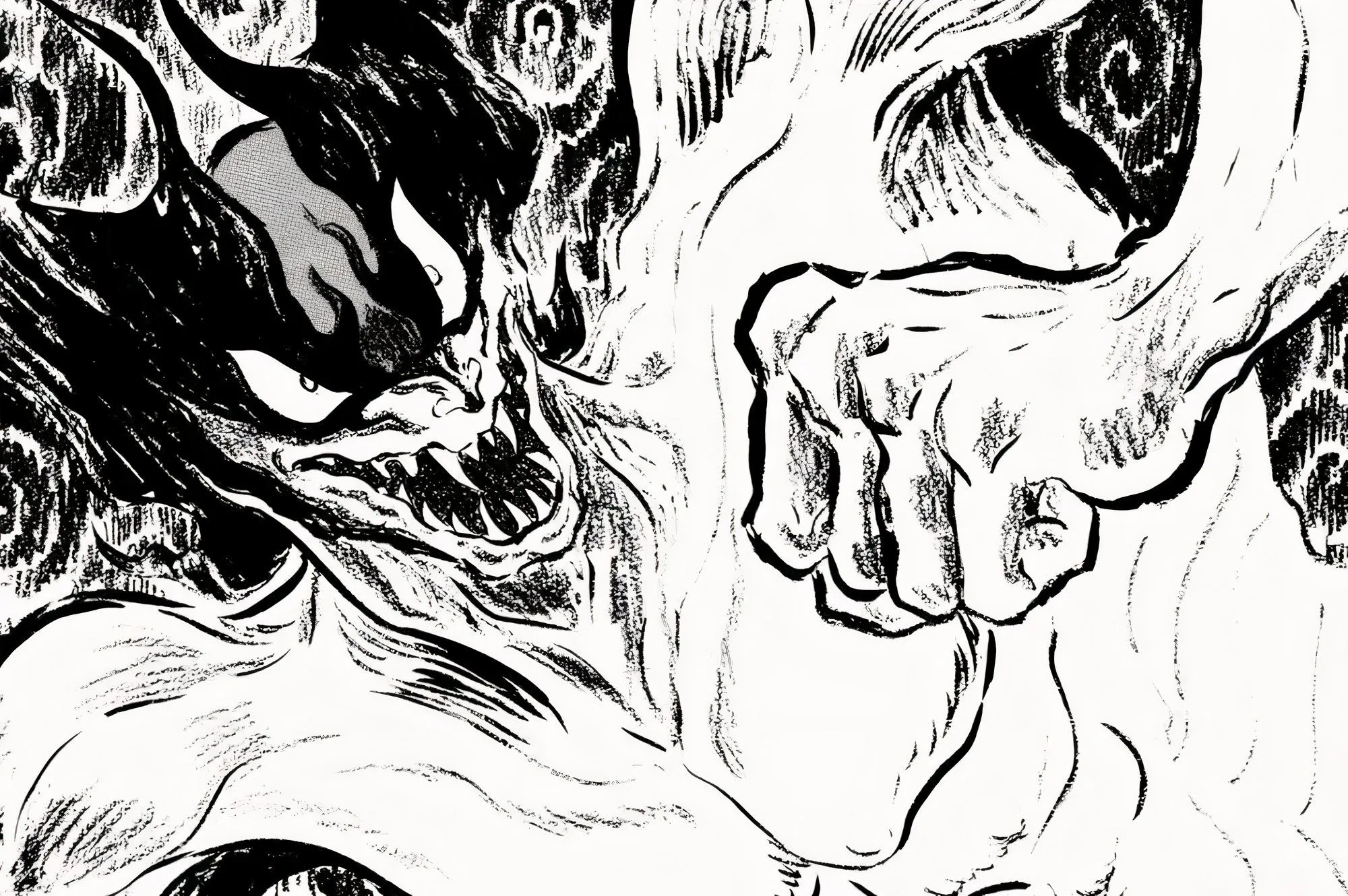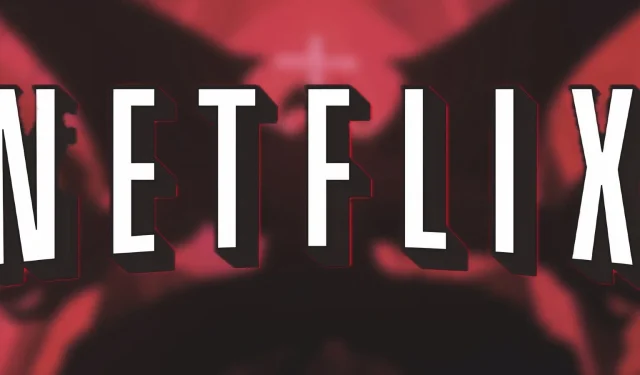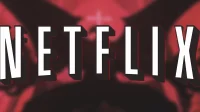In today’s entertainment landscape, Netflix has firmly established itself as a significant force in the realm of anime. The platform’s extensive library ranges from acclaimed originals to beloved streaming classics, making it a favored hub for anime enthusiasts across the globe. This burgeoning reputation, however, was not developed in a vacuum; it can be traced back to the impactful release of Devilman Crybaby. This groundbreaking series, launched in 2018 under the direction of Masaaki Yuasa, marked the platform’s inaugural venture into the world of original anime. Through its striking animation, visceral themes, and deeply emotional storytelling, it challenged conventional boundaries and transformed how audiences perceive anime.
Devilman Crybaby was more than just a series; it was a catalyst that positioned Netflix as a serious competitor in the anime market. In its wake, the streaming giant has continued to pour resources into anime projects, resulting in hits like Cyberpunk: Edgerunners, Beastars, and Dorohedoro, which have gained dedicated fanbases and inspired further content. Nevertheless, the original series that set the stage has faded from the forefront of discussion. Crybaby made an unforgettable impact, yet its legacy doesn’t seem to have been further explored since its initial release.
The recent announcement of a new project related to Devilman raised hopes among fans, with many speculating a sequel to Crybaby might be on the horizon. However, what was unveiled was a retro-style RPG titled Devilman: Armageddon Prologue. While it serves as a nostalgic nod to the franchise’s origins, it certainly wasn’t the anime sequel many anticipated. This leads to an intriguing question: why has Netflix seemingly moved on from Devilman Crybaby?
The Origins of Devilman and Go Nagai’s Vision
Exploring Humanity, Horror, and Heroism

Devilman was brought to life in 1972 by Go Nagai, a pivotal figure in the manga world. Renowned for transforming the mecha genre with creations like Mazinger Z and Getter Robo, Nagai’s Devilman stood apart with its startling themes. Serialized in Weekly Shōnen Magazine, this pioneering work shocked readers with its excess of violence, nudity, and psychological exploration. The narrative was distinctly dark and daring, a stark deviation from the magazine’s usual offerings tailored to a younger demographic. It was not just provocative; it was revolutionary.
The narrative centers around Akira Fudo, a reserved teenager whose mundane life is upended when his friend Ryo Asuka reveals the looming resurgence of ancient demons. To combat this threat, Akira undergoes a perilous ritual that merges him with the powerful demon Amon, ultimately transforming him into Devilman. Despite his physical change, Akira retains his humanity, resulting in a profound internal struggle as he confronts monstrous forces in a chaotic world.
The 1972 Anime: A Softened Interpretation
Devilman’s Ascendancy as a Cultural Phenomenon

The same year the manga debuted, Devilman made its animated debut, but with several significant alterations. Instead of Akira’s fusion with Amon, the series reimagined the narrative, portraying Akira as a human possessed by a demon who chooses to safeguard humanity. This adaptation shifted the focus toward darker superhero themes, toning down the horror elements for a younger audience. Despite its softened tone, both the manga and anime played pivotal roles in establishing Devilman as an icon of Japanese popular culture. In Japan, Devilman became a household name; internationally, he demonstrated that anime and manga could grapple with themes typically deemed too dark for Western media. Notably, Devilman showcased that comics could delve into mature, unsettling, and philosophically rich narratives, a trend that re-emerged with Crybaby decades later.
Netflix Takes the Leap — and Delivers
The decision to produce Devilman Crybaby represented a bold move for Netflix, yet it proved to be a wise investment. With decades of legacy behind the name, both seasoned fans and a newer audience were eager to experience a modern interpretation. By combining Go Nagai’s original narrative with Masaaki Yuasa’s distinctive animation style, Netflix successfully crafted a series that resonated with nostalgia while also appealing to contemporary viewers. It was a well-timed fusion of innovation and familiarity.
Crybaby was unapologetically raw, surreal, and emotionally impactful—particularly evident in its harrowing conclusion. The series embraced a faithful adaptation of Nagai’s original manga, presenting a modernized take on its characters and world. It offered explosive action, profound human drama, and a striking soundtrack. With a TV-MA rating, it delved into complex themes of sexuality, violence, and psychological distress. Yet, far from being gratuitous, each element of the show was intricately tied to the narrative, making it both shocking and thought-provoking. Fans and critics alike celebrated it as a landmark achievement.
No Sequel in Sight, But Opportunities Persist
Strategic Withdrawal or Missed Opportunity?
Despite the acclaim surrounding Crybaby, Netflix has yet to pursue a follow-up, possibly due to the definitive nature of its finale. Without revealing critical plot points, the conclusion of Crybaby clearly delineates the story’s arc, leaving limited room for sequels. However, Go Nagai has continued to explore the Devilman universe through various spin-offs, prequels, and alternative narratives. Titles like Amon: Apocalypse of Devilman and Devilman Lady demonstrate that rich storytelling opportunities remain.
It raises the question of whether Netflix anticipated that a singular bold anime would suffice. Alternatively, they may not perceive the same potential for broad appeal as seen in other titles like Beastars, which thrive on extended character development and relatable themes. Nonetheless, it seems counterintuitive to overlook a franchise that played a pivotal role in establishing an audience for mature, adult-centered animated storytelling.
Enter Devilman: Armageddon Prologue, which signifies a return, albeit indirectly. This new RPG is a tribute to retro gaming rather than a narrative follow-up to Crybaby. For many fans, this shift feels more like a sidestep than a direct continuation. Nevertheless, the enduring legacy of Devilman suggests that the franchise is far from dormant. Rooted in themes of transformation and rebirth, the tales of this character often rise anew—albeit through “fire, blood, and heavy metal.” Whether the next iteration of Devilman emerges from Netflix or another studio is uncertain, but the reality remains: a captivating demon cannot be overlooked.


